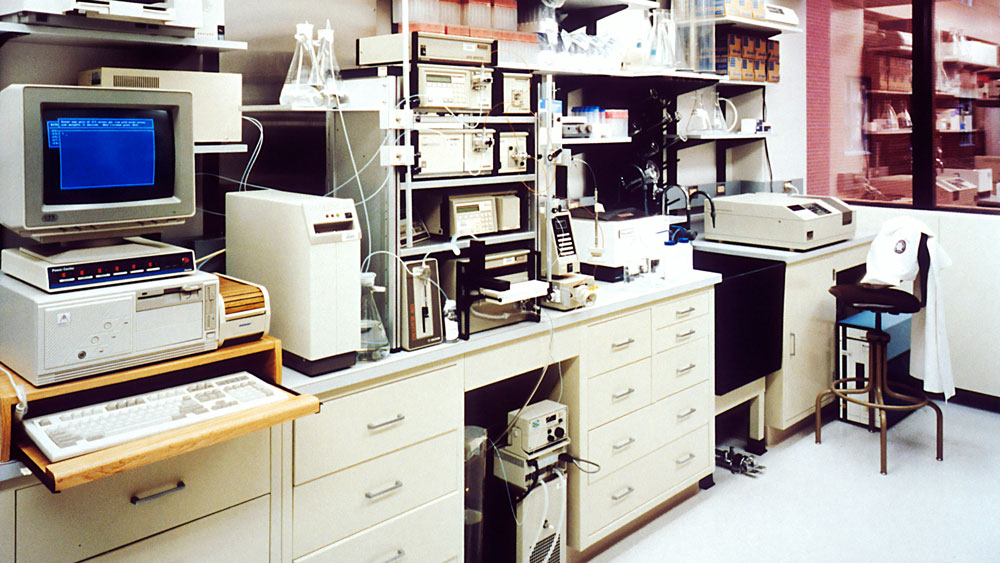Good supplier management is one of the most important methods of building a safe and effective medical device. A single device may be made up of dozens of parts and components coming from several different suppliers, and many medical device companies outsource the manufacturing of their device to a contractor.
|
ADVERTISEMENT |
However, even though the manufacturing of parts and components—or the entire device—may be outsourced, the responsibility for the device still lies with the legal manufacturer. That’s why good supplier management is critical not only to the safety and effectiveness of your devices, but also to your ability to meet regulatory requirements on purchasing controls.
Every supplier is different, but critically important suppliers will need a higher level of management. And one of the ways you can manage that supplier relationship is through a supplier audit.
What is a supplier audit?
A supplier audit is one of the methods medical device companies may use to evaluate a potential supplier or ensure ongoing regulatory compliance and production quality. A supplier audit may include a review of the supplier’s facilities, production processes, quality control, and quality system.
…

Add new comment